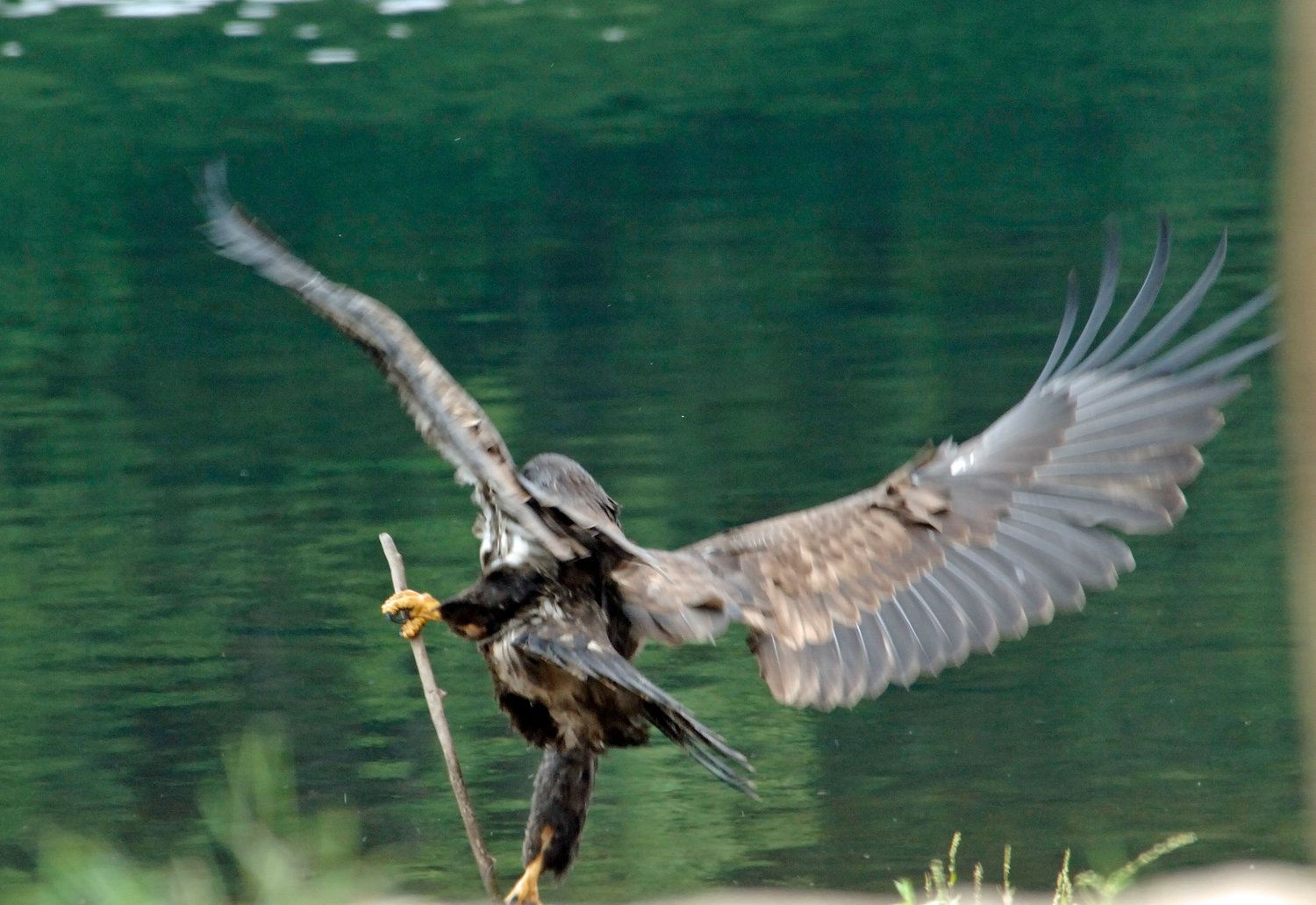It was early morning when I arrived at GAIT Therapeutic Riding Center to volunteer for the day’s classes. The herd of horses had been turned out and some were grazing, while other horses seemed …
Stay informed about your community and support local independent journalism.
Subscribe to The River Reporter today. click here
This item is available in full to subscribers.
Please log in to continue |

It was early morning when I arrived at GAIT Therapeutic Riding Center to volunteer for the day’s classes. The herd of horses had been turned out and some were grazing, while other horses seemed to be involved in play, literally “horsing around.”
Watching horses is like watching other species of wildlife; as you become more experienced at observing particular species, you get more adept at assessing their behavior.
With horses, you can watch their posture, their ears, and their activity and determine whether they are at play or displaying a “Leave me alone” attitude; even horses 20 years of age or older engage in play behavior. It is a tool these very social animals use to interact with the rest of the herd.
With animals in the wild, some “antics” can be seen at any time. Play behavior is especially seen with young animals. Young red-tail hawks sometimes carry sticks into the air and then drop them, only to catch them in mid-air. This may be play, but in doing so, the young hawk is honing its skill in hunting and future defense of nesting territory. Other animal species follow similar behavior patterns.
Other times, animals may be doing their normal routines and do something not normally seen or perhaps get into an unusual situation. See some examples of all in this week’s photos for this column.
Comments
No comments on this item Please log in to comment by clicking here